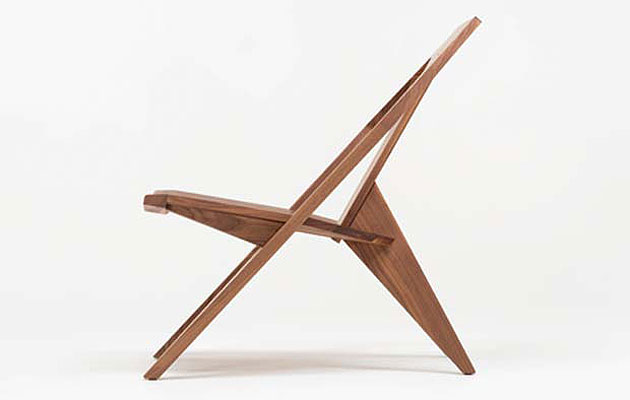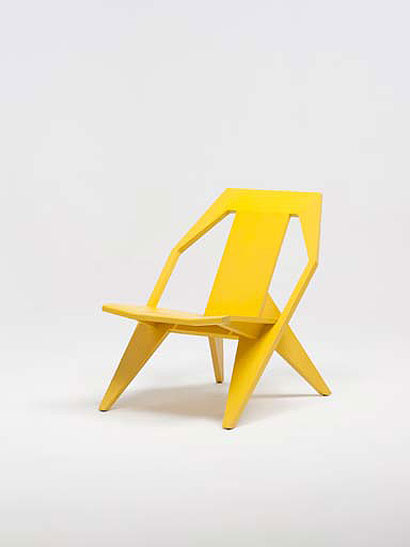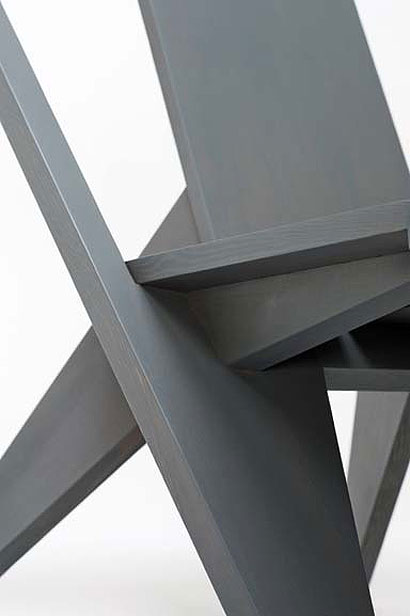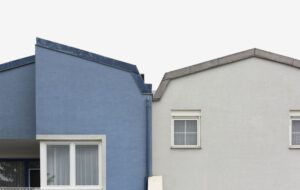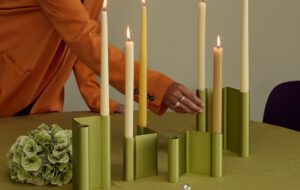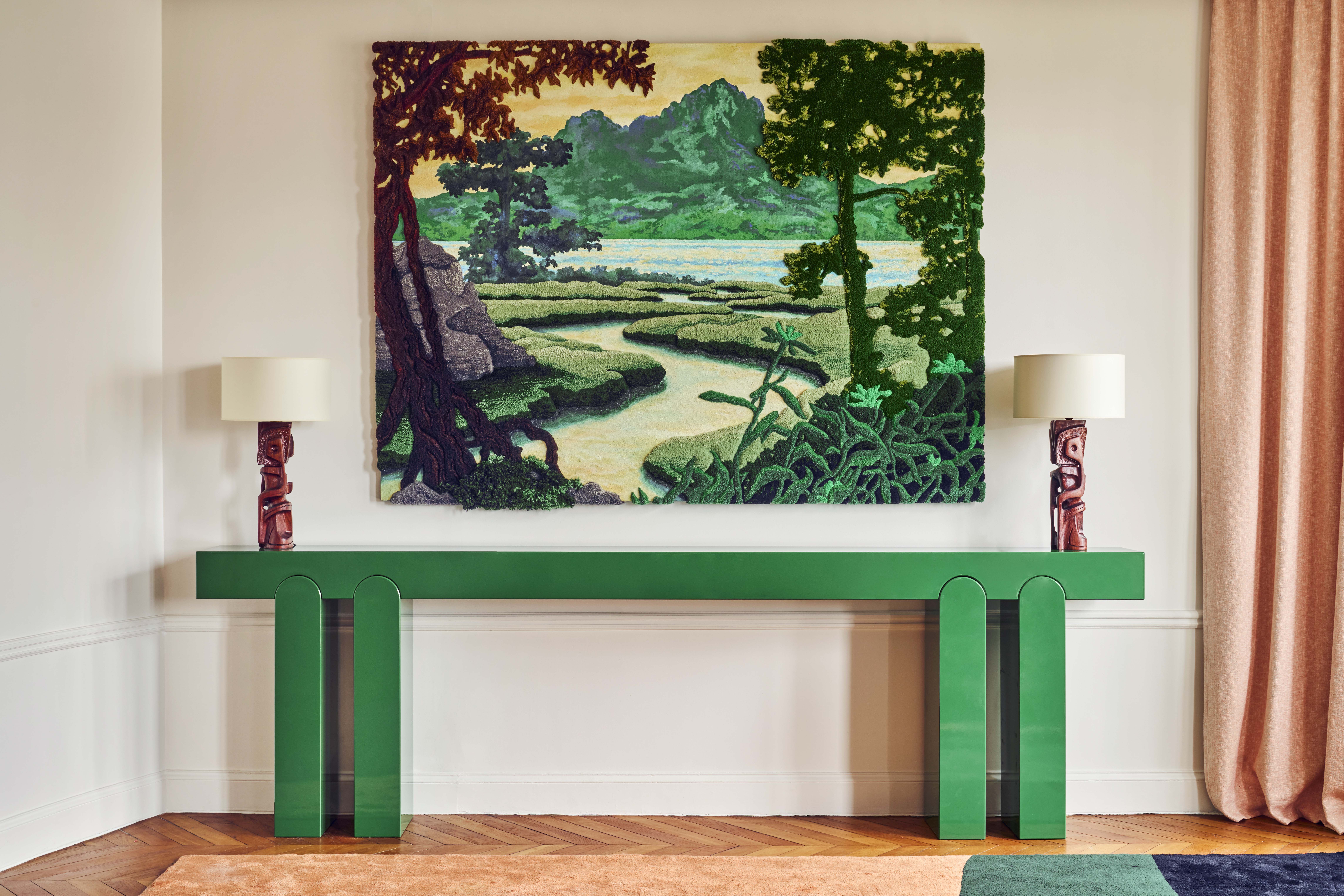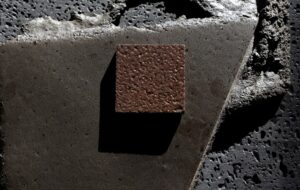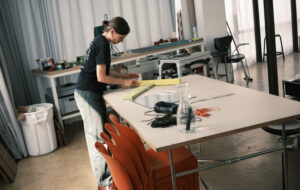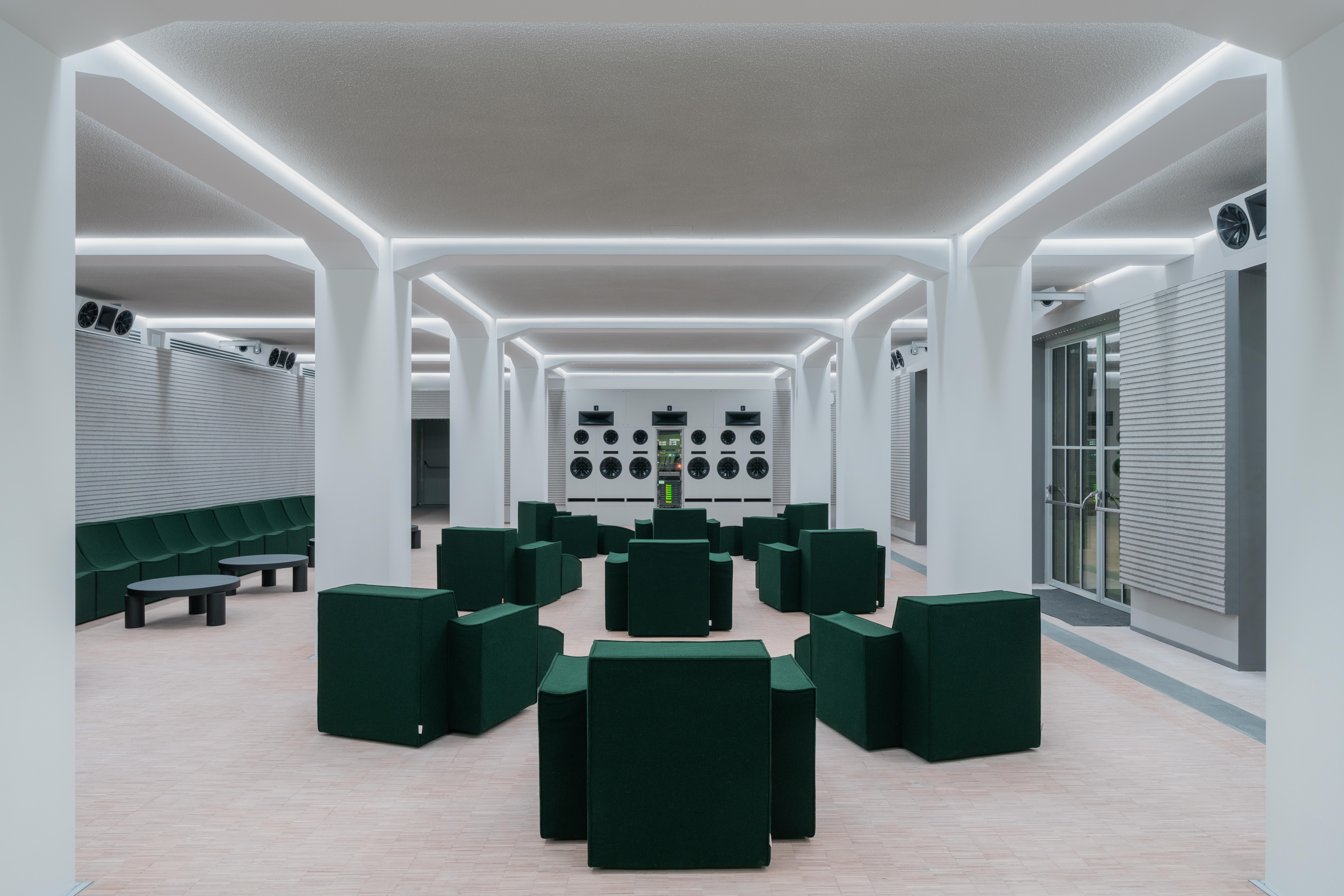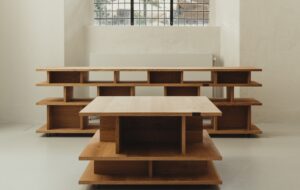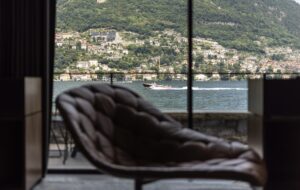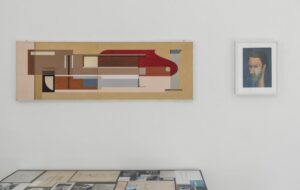|
|
||
|
“I wanted to enjoy the project,” says Konstantin Grcic when asked about the Medici chair, his design for Italian producer Mattiazzi. This is not a typical response from the world-class designer and innovator. Usually his answers are technical to the point that numbered process pictures are sent over before the interview as an aid. Yet factoring in enjoyment was part of the process, and shaped the form of the product to a degree – particularly his enjoyment of the manufacturer’s style of working. “The way Mattiazzi works is uncommon now,” Grcic says. Most manufacturers outsource production, but the wooden furniture producer still works with its own machines and artisans. “It’s so direct – I could send them a sketch and by the end of the day they’d made it. Usually, there are long distances, moulds or tools involved, and you lose touch. It was the speed of this activity that pushed me.”
To exploit the speed of the process, Grcic composed the low chair out of a series of planks, creating a new typology for the brand. Prior to the Medici chair, Sam Hecht and the Bouroullecs used Mattiazzi’s skills to create chairs with beautiful, organic forms. “I think for them, wood as raw material is a tree,” Grcic says. “But for me, it’s a cut board. I wanted to go back to my roots as a cabinet maker, and work with the material on a straightforward level.” Grcic set himself an exercise to make a three-dimensional form directly from the two-dimensional planks. He streamlined the production process by ensuring there was never a flush joint and that the piece could be put together without too much sanding down afterwards. The result looks like it could be an exploded version of Grcic’s first sketch – there’s an energy and purity to it. “I wanted to show that this approach can have a certain beauty,” Grcic says. It’s not the refined, engineered, airbrushed beauty that we are accustomed to – it is angular and a little awkward looking. But it’s exactly this awkwardness that gives the piece its charm. Unfortunately for the producers, this awkwardness doesn’t stop with the aesthetic. While the production and design process was relatively fast, the final assembly isn’t. “The glueing up of all the different parts is tricky,” Grcic says. “It’s kind of like a Rubik’s cube: in order to get the pieces to fit you have to configure the parts in a certain way. It takes two people, but I like exactly this situation.” This is the benefit of working with a small-scale producer. In our current climate, most manufacturers are playing safe. “There is this levelling out; brands just want what is going to sell,” Grcic says. “I don’t think Mattiazzi’s set up is nostalgic – I think it’s an interesting scenario for a company today. Furniture is a relatively small-scale industry. It isn’t industrial. They know they will never sell thousands, they know what they are doing. The scale of Mattiazzi’s model means there is greater opportunity to experiment. They offer a niche – a chance to do something and make a strong statement and polarise people.”
|
Image Medici chair
Words Anna Bates |
|
|
||

